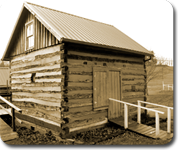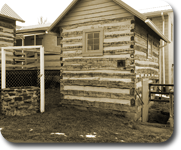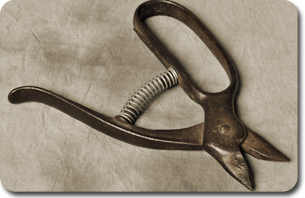

|
Collection Highlights:
|
Ag News:
- The Ag Museum is usually open for 7 days during the Knox County Fair. - 2025 Fair will be held Sunday, July 20, to Saturday July 26. - Ag Awareness Day at the Ag Museum - Tuesday May 13th. Contact Information:
Location:
Mailing Address:
Hours of Operation:
Phone: 740-398-4437 |
||||||
The smoke house contains simulated pork cuts to show how they were preserved. The spring house was used for storing food and shows what early familes used for water systems. The Hiawatha Building once served as a house for wild animals and is the last remaining building of the Lake Hiawatha Park.

|

|

|
| Log House | One Room School | Spring House and Well |
|
Lifestyle photos: We will occasionally post a photo depicting life style in old Knox County. Do you have vintage photos that you would like to share? We encourage residents to scan their old photos and email them to us. We may feature it in future updates of this site. The photo below of her relatives was submitted by Nancy Pennington, located on Howard-Danville road. Thank You Nancy -- great photo. |
Help us ID this Item,
we will occasionally post a photo of an item that we cannot
identify. The photo below is one of the items. Obviously some
kind of cutter. Right side cuts on both sides into notch in left
side. If you know what it is, please send us an email
(theagmuseum@gmail.com) with the details. We will give that
person credit, if desired. |

|

|
Copyright The Knox County Agricultural Museum 2025

